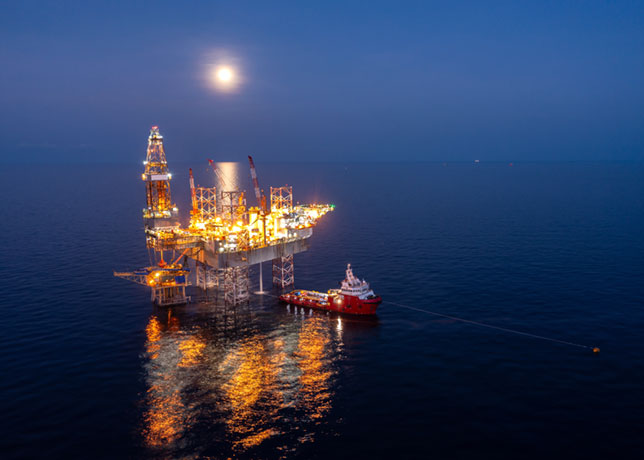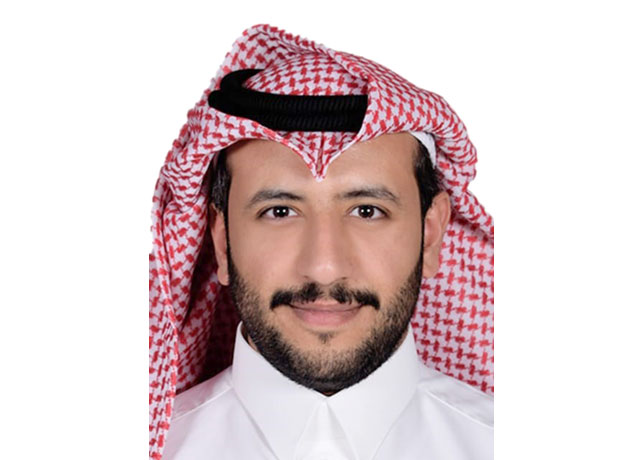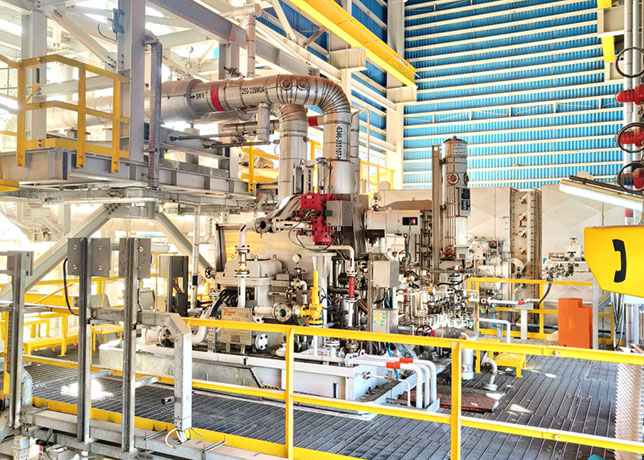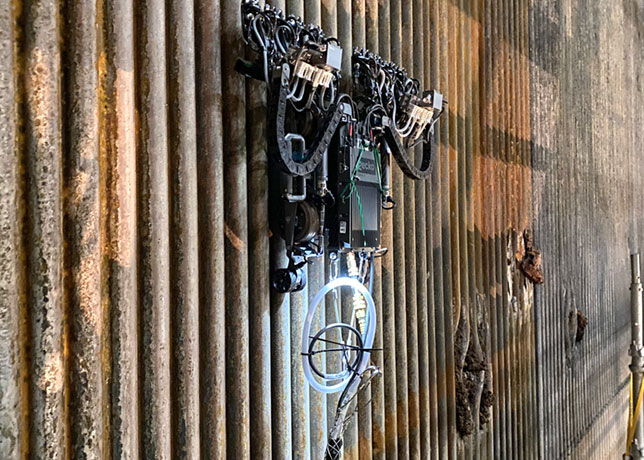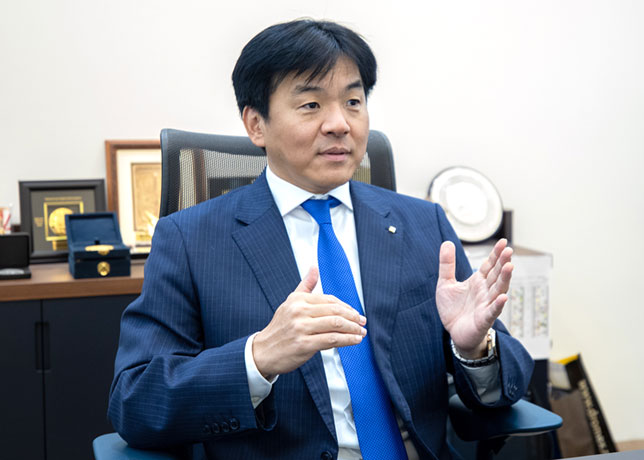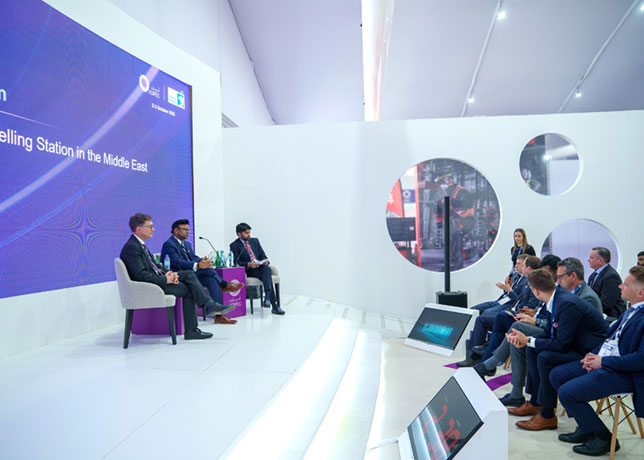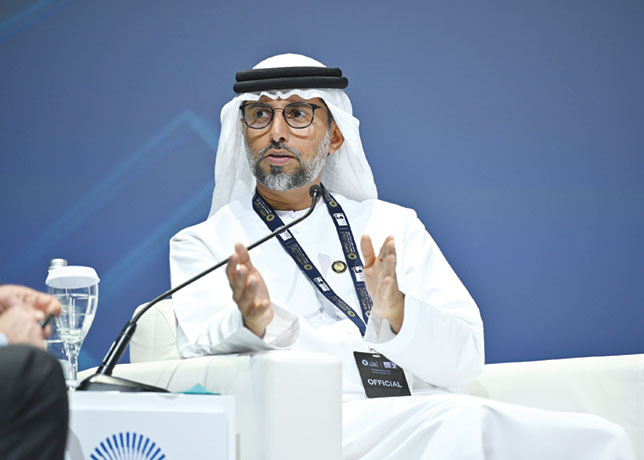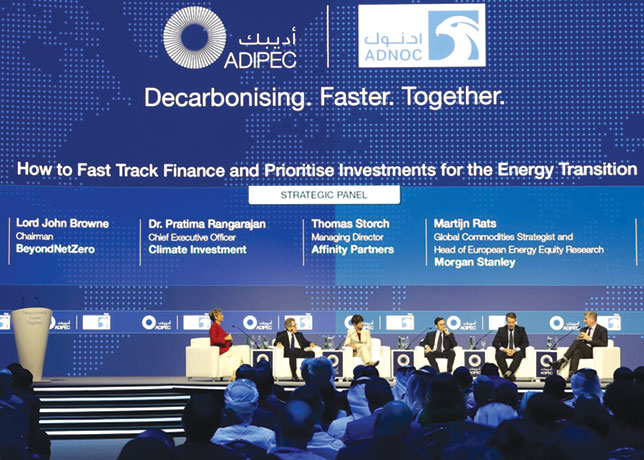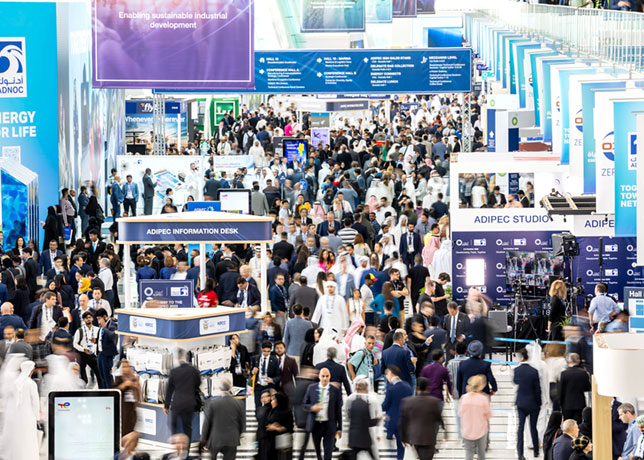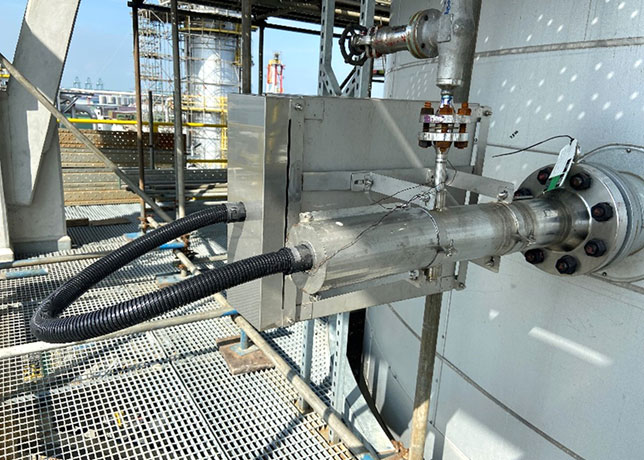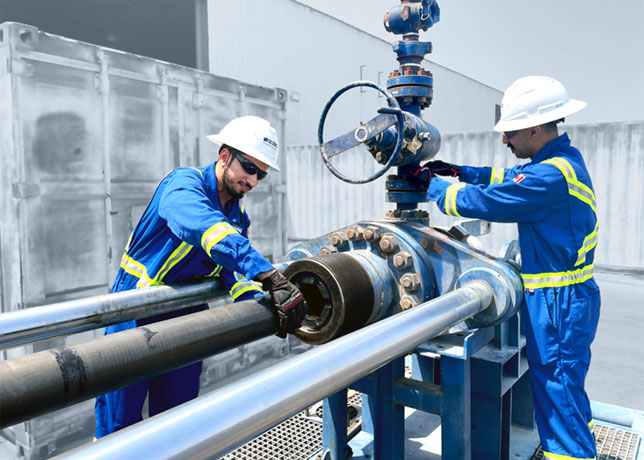
 Aida Araissi
Aida Araissi
By addressing the regulatory, technological, financial, and societal aspects of methane emissions, stakeholders can move toward meaningful progress in decarbonisation and a more sustainable future, Aida Araissi tells OGN
As the world grapples with the pressing challenges of climate change, it has become increasingly clear that addressing these issues requires robust international collaboration and a comprehensive strategy that strengthens connections among all players in the global ecosystem.
'We are witnessing a profound shift in the global energy landscape, driven by climate change, technological advancements, and geopolitical uncertainties. While we are transitioning to more sustainable energy sources, emissions continue to rise alongside the development of global economies,' says Aida Araissi, the CEO and Founder of the Bilateral Chamber of Commerce, tells OGN energy magazine.
These challenges have led to a convergence of agendas, prompting businesses to rethink their strategies and adopt new approaches to remain relevant and resilient.
The complexities of methane emissions arising from diverse sources such as oil and gas operations, agriculture, and landfills exemplify the need for coordinated action across sectors.
Methane is not the only concern.
Issues like flaring, carbon capture, utilisation, and storage (CCUS), and the broader decarbonisation of energy systems necessitate system-wide collaboration.
Araissi emphasises that tackling these challenges effectively demands an approach that unites stakeholders whose goals may be mutually exclusive or even contradictory, and who do not engage with one another directly, at least not often from governments to industry leaders and local communities.
The 'wicked problem' concept aptly describes the energy transition, involving various factors that require input from sectors historically sidelined in energy discussions.
THE IMPORTANCE OF ECOSYSTEM-WIDE COLLABORATION
 |
ExxonMobil subsidiary XTO Energy field personnel provided Mena delegates with a demonstration of the advanced |
Bridging traditional and emerging energy domains is crucial for addressing systemic emission issues, The Bilateral Chamber of Commerce has been at the forefront of facilitating these collaborations for over 25 years.
By leveraging its extensive network, the Chamber helps bridge the gaps among various sectors, forging partnerships that can lead to effective solutions for the energy transformation.
These connections are essential at every level not only top-down through large-scale government investments but also bottom-up, forged between the individuals working in the industry and those supporting them.
Initiatives like the Methane Abatement Reverse Trade Missions illustrate how collaborative approaches can introduce cutting-edge technologies to countries facing these challenges, encouraging the implementation of best practices.
Through its collaboration with the US Trade and Development Agency (USTDA), the Bilateral Chamber’s mandate spans 15 countries across five global regions, including Mena, Latam, the Indo-Pacific, Central Asia, and Sub-Saharan Africa.
The goal is to introduce the latest technologies, financial resources, and services for methane emission reduction, encompassing flare gas utilisation solutions, waste-to-energy (WTE) technologies, and biogas and biomethane solutions.
ADDRESSING THE COMPLEXITY OF METHANE EMISSIONS
 |
In the Permian Basin, Chevron field personnel provided Mena delegates from Algeria, Egypt, and Libya with a hands-on demonstration |
Methane emissions are a global challenge that transcends borders, necessitating coordinated action on an international scale.
Effectively tackling these emissions demands a multifaceted approach that combines technological innovation, robust regulatory frameworks, and the active involvement of stakeholders at all levels.
New regulations establishing clear emission targets and mandate reporting can enhance transparency and accountability, empowering stakeholders to monitor progress and hold companies accountable for their environmental impact.
These regulations do more than ensure compliance; they also stimulate innovation and investment in low-carbon technologies, solutions, and practices.
By creating a regulatory environment that rewards emissions reductions and incentivises clean energy investments, effective regulations drive meaningful progress in the transition to a sustainable future.
However, as Araissi emphasises, regulations and technological advancements alone are insufficient.
There is an urgent need for collaboration across the entire ecosystem, fostering partnerships among governments, businesses, research institutions, and civil society organisations.
In particular, understanding societal concerns is vital; these extend beyond health and safety to include environmental protection, habitat preservation, and the safeguarding of local biodiversity.
Recognising that there are no one-size-fits-all solutions is crucial, as community well-being is interpreted differently around the world and shaped by distinct socio-cultural values and priorities.
These diverse perspectives must be acknowledged and respected in any approach to emissions reduction and environmental initiatives.
Engaging with local communities directly affected by methane emissions can not only yield valuable insights but also cultivate a sense of ownership and accountability over mitigation efforts.
Furthermore, societal stakeholders provide essential knowledge and context, enriching the dialogue around these critical issues.
OVERCOMING BARRIERS TO ADOPTION
While significant progress has been achieved in developing and deploying new technologies aimed at reducing emissions, there is an increasing awareness that the current pace of deployment may fall short of meeting ambitious climate goals.
Many emerging technologies remain unready or unscalable, necessitating further validation before they can be implemented on a larger scale.
Additionally, market adoption is often hindered by regulatory frameworks and investment incentives that do not sufficiently support innovation.
High upfront costs and perceived risks associated with these new technologies can deter potential investments and slow deployment efforts.
To drive investment in clean energy technologies and effectively address these barriers, financial incentives, and funding mechanisms are crucial.
Overcoming these challenges will require collaboration among governments, businesses, and civil society organisations to foster an environment that promotes innovation and facilitates deployment.
A comprehensive strategy that addresses regulatory, technological, financial, and societal dimensions is essential to unlocking further opportunities for emissions reduction.
LOOKING FORWARD
'The future of methane abatement and other emission reduction technologies hinges on our ability to expand collaborative initiatives across industry sectors and various global regions,' says Araissi.
Introducing advanced technologies for methane reduction such as flare gas utilisation solutions and biogas technologies can empower countries to manage their emissions more effectively.
Araissi stresses that the bridges need to be built across these different groups by facilitating dialogues, fostering collaboration, and advocating for methane reduction efforts among diverse stakeholders to build consensus around methane abatement strategies.
Continued investment in research and development is vital to identifying and refining innovative gas capture and emission reduction technologies.
The Bilateral Chamber’s role in facilitating dialogue among diverse stakeholders positions it as a valuable partner in these efforts.
By fostering partnerships that bridge different sectors, the Chamber aims to help create more effective solutions benefiting not just the energy industry but also local communities and the environment.
Engaging with community leaders and conducting outreach programs empowers stakeholders at all levels, fostering a sense of accountability and shared responsibility in methane reduction efforts.
'By addressing the regulatory, technological, financial, and societal aspects of this challenge, stakeholders can move toward meaningful progress in decarbonisation and a more sustainable future,' concludes Araissi.
By Abdulaziz Khattak













































































